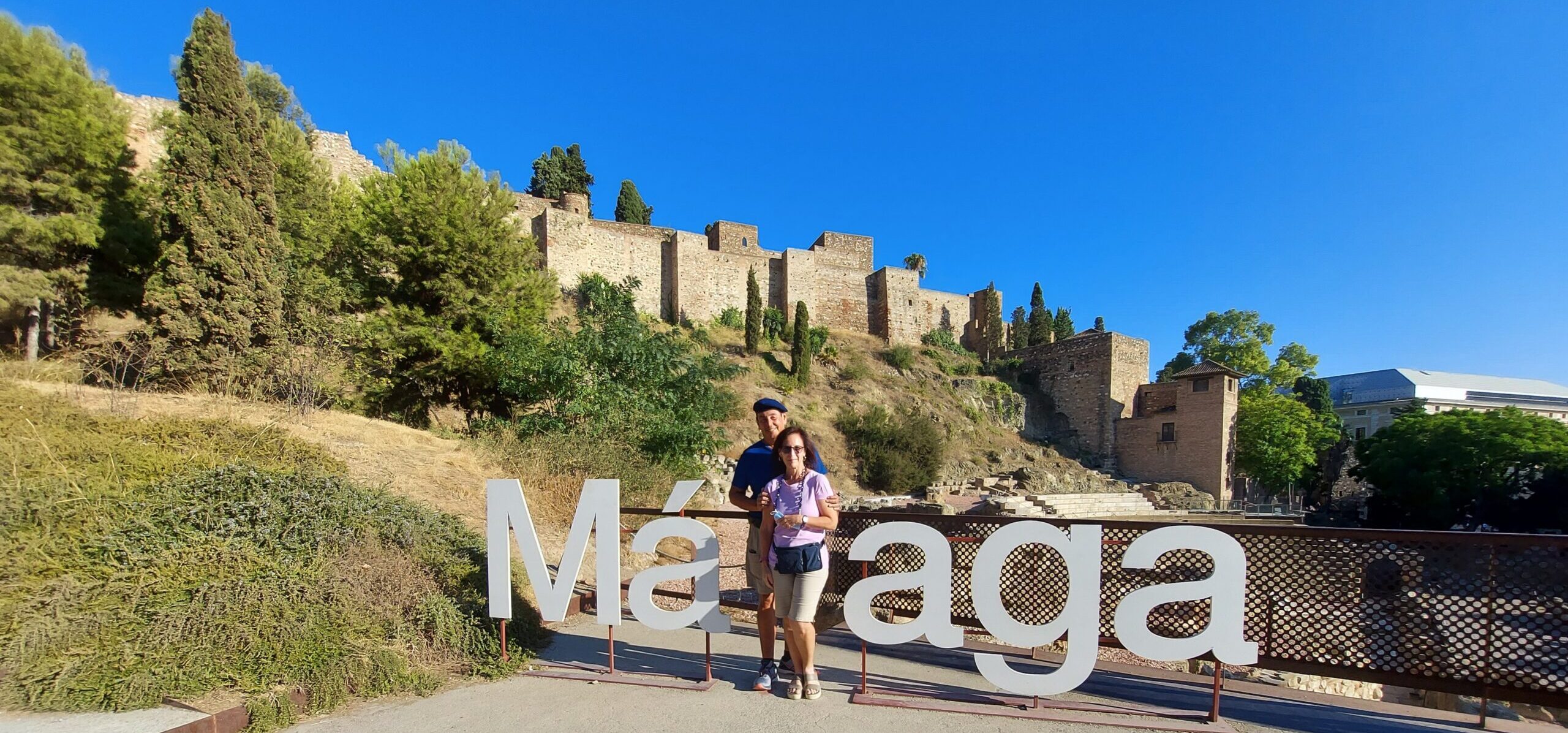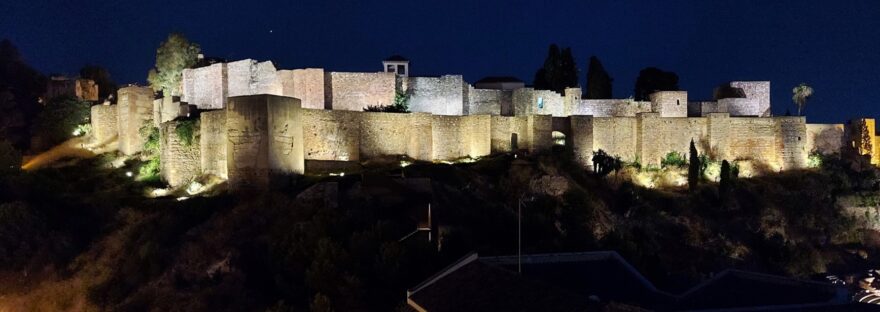Upon seeing the Alcazaba of Malaga in the distance, we thought it was a monumental fortress structure and when entering we confirmed it was and much more.
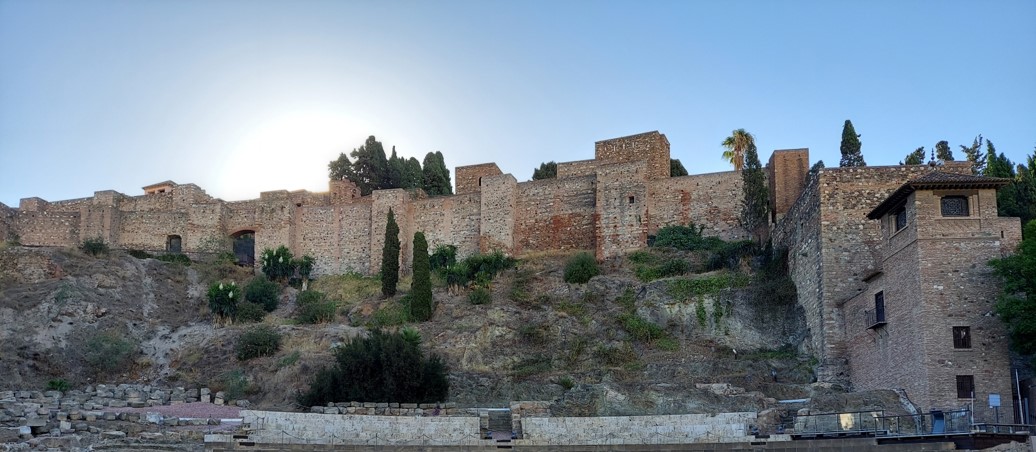
In this palace-fortress, history and beauty come together, all in one place. As a military structure, it is the most important Muslim work preserved in Spain and one of the historical monuments that must be visited. In any case, it can be seen from anywhere in the historic center of Malaga, as a reminder that it must be visited. There is no way to avoid it.
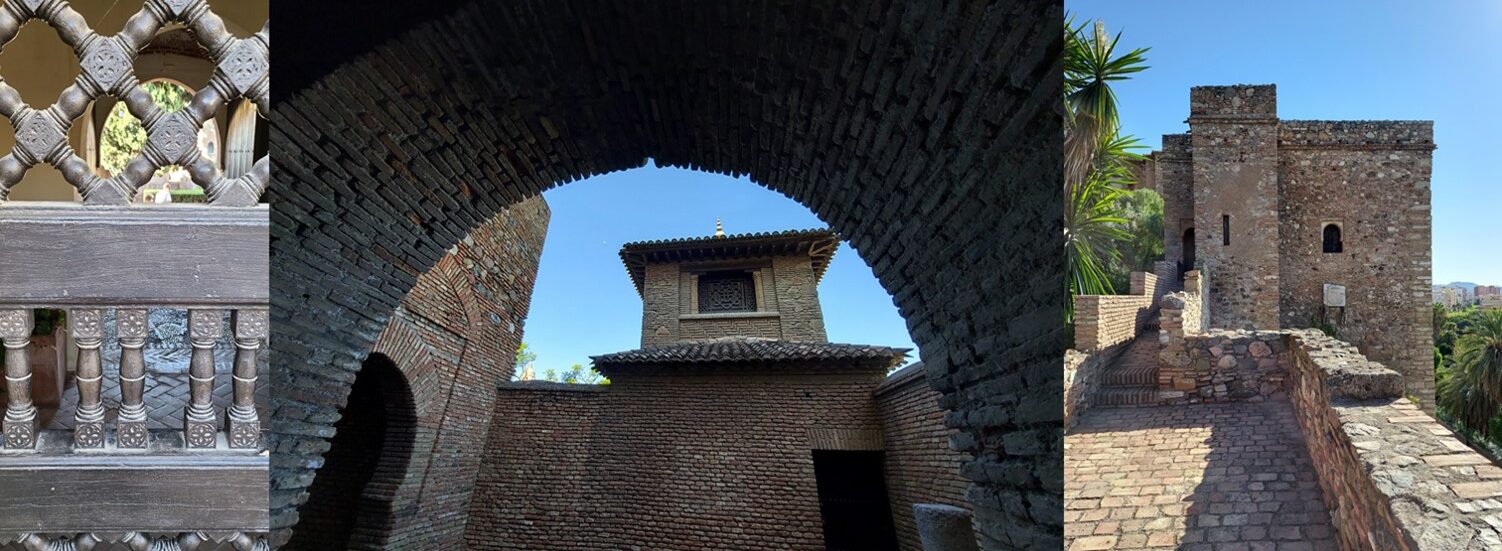
The Alcazaba that we know today is, basically, a construction of the 11th century, even though it has endured all kinds of interventions, its perimeter structure and external characteristics have not been altered in its nine hundred years of existence.

Its name al-Qasba (Alcazaba) comes to mean urban fortress or citadel and is located on the side of Mount Gibralfaro. Its strategic position made it attractive to be inhabited by ancient civilizations. The Phoenicians were among its first inhabitants, settling in the mountains around 600 BC. Then came the Romans who settled in its surroundings, on the southern slope, where remains of a Roman villa and industrial facilities for salting fish have been unearthed. In addition, another of his contributions was the Roman theater built in the 1st Century, which today we can see at the foot of the Alcazaba. During the Islamic period the Alcazaba was initially built as a fortification which later became a palace-fortress, the seat of the city government.
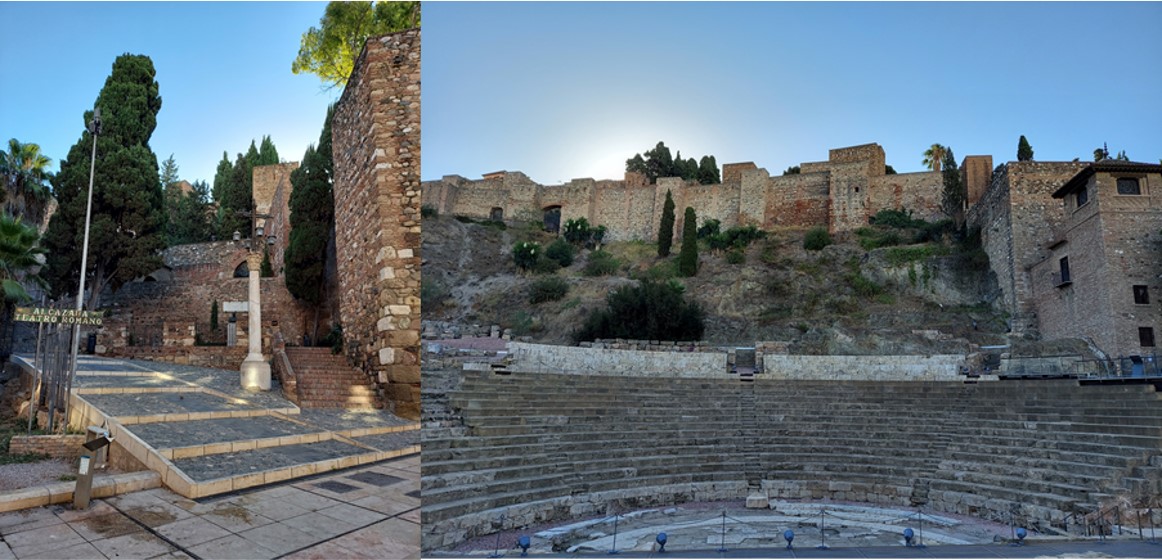
Muslim historians affirm that it was the Berber Taifa king of Granada, Badis ben Habús, who ordered the construction of the Alcazaba between 1057 and 1063, using columns and capitals from the adjacent Roman theater for its beautification. The Almoravids entered it in 1092 and the Almohads in 1146. Later, in 1279, the city was surrendered to Muhammad II Ben al-Ahmar and it became part of the Nazarite kingdom.
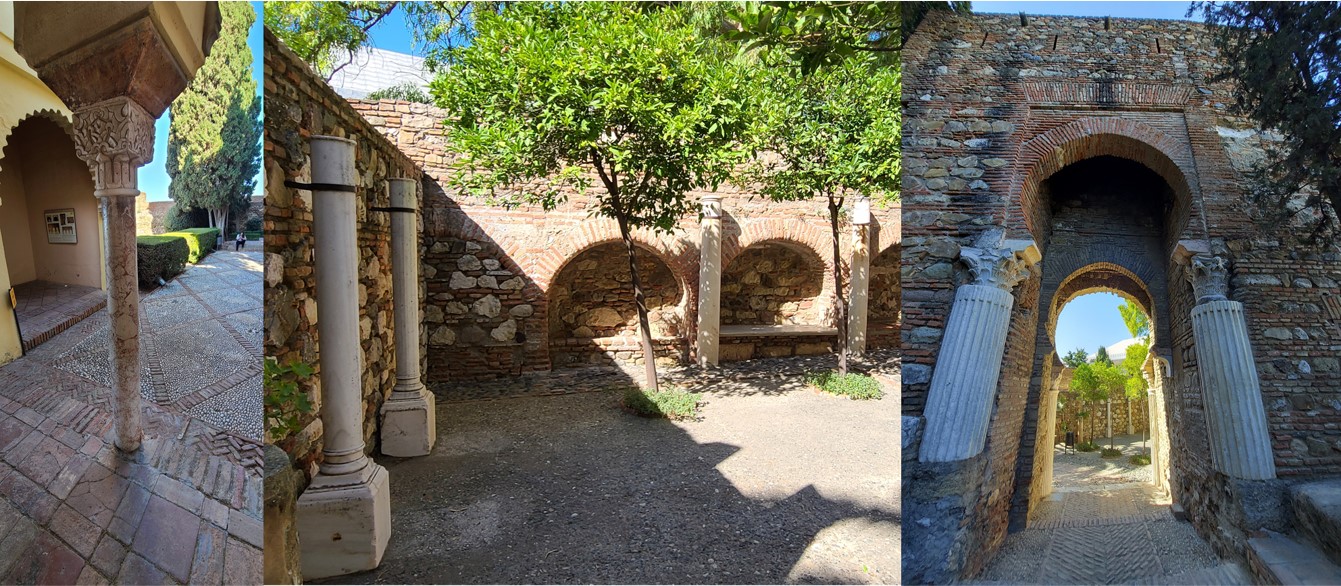
As a Nasrid building, it perfectly combines the defensive needs and the beauty of an Arab palace organized around rectangular courtyards and bays with gardens and ponds. Inside their rooms, they play with light and shadow, an element very much in the tradition of Granada architecture.
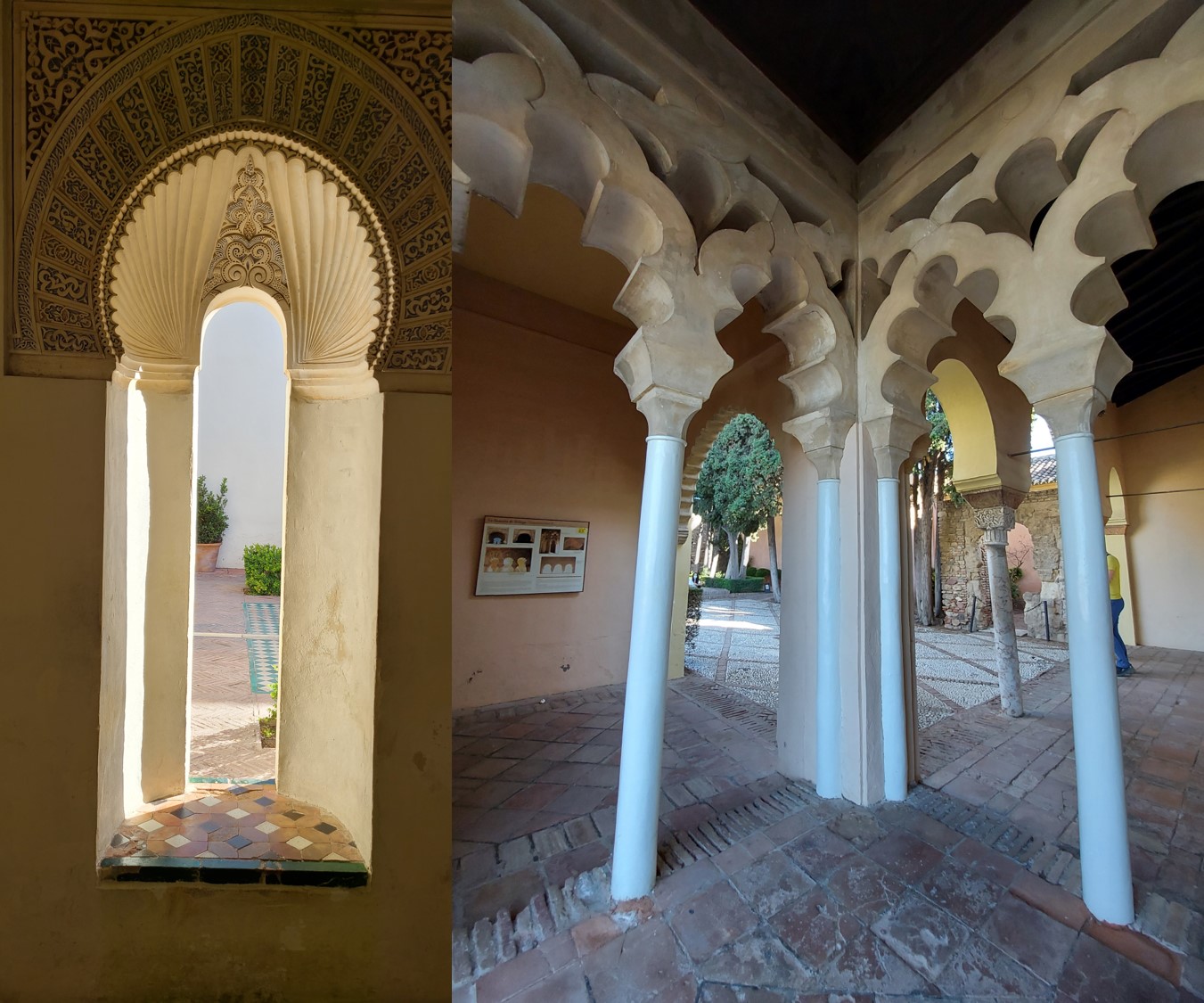
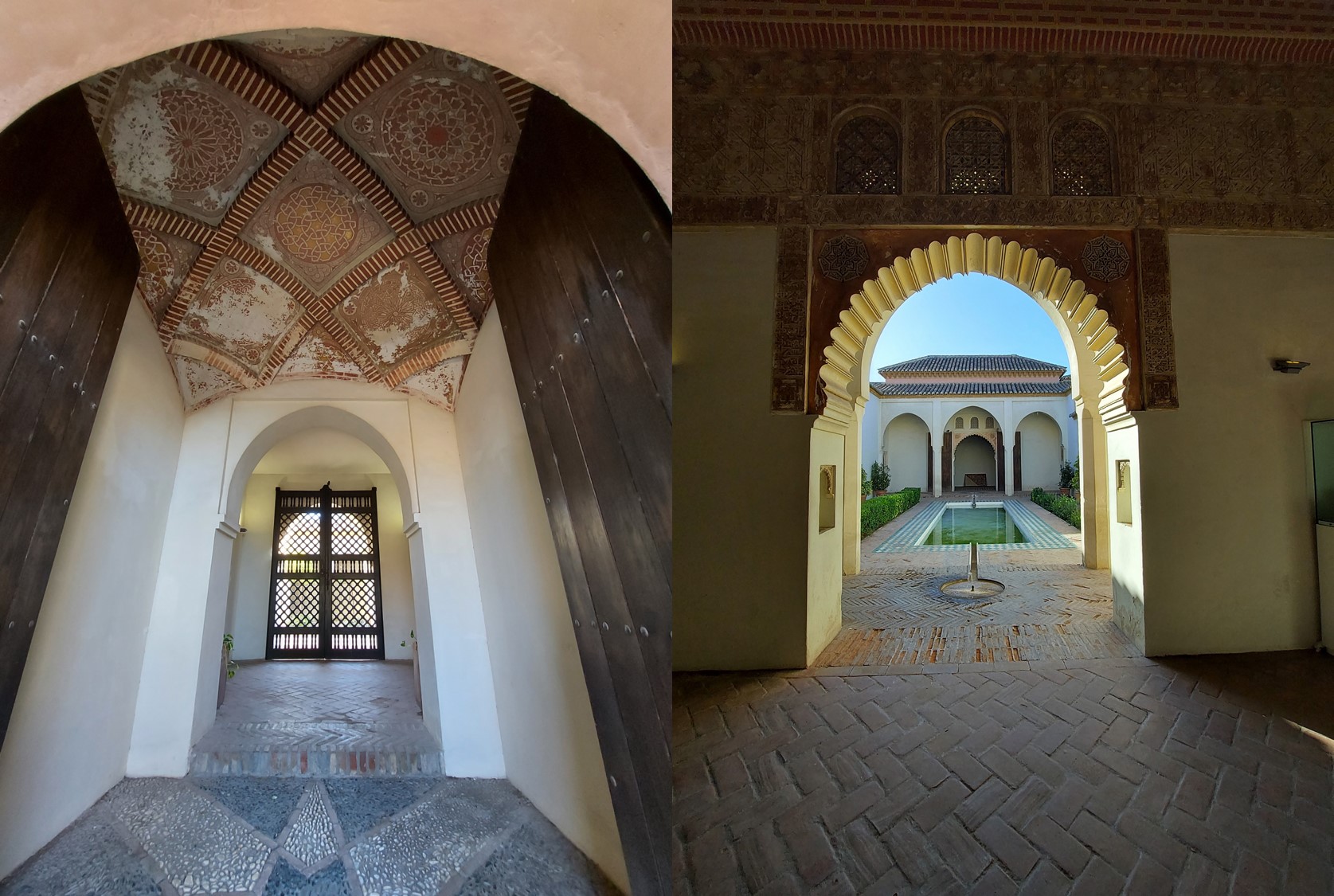
The Gardens of the Alcazaba of Malaga complete this military fortification with their beauty and contemplating the sea from its height, adds even more to its beauty. They are gardens that offer a respite from the busy world we live in, that produce calm and peace to all who visit them. In these gardens we can contemplate from the lights and shadows that occur throughout the day, its great botanical richness typical of the area, the color provided by its flowers, the beauty of the composition and structure of each garden, its fountains and ponds and even the birds that come to cool off and drink from them.

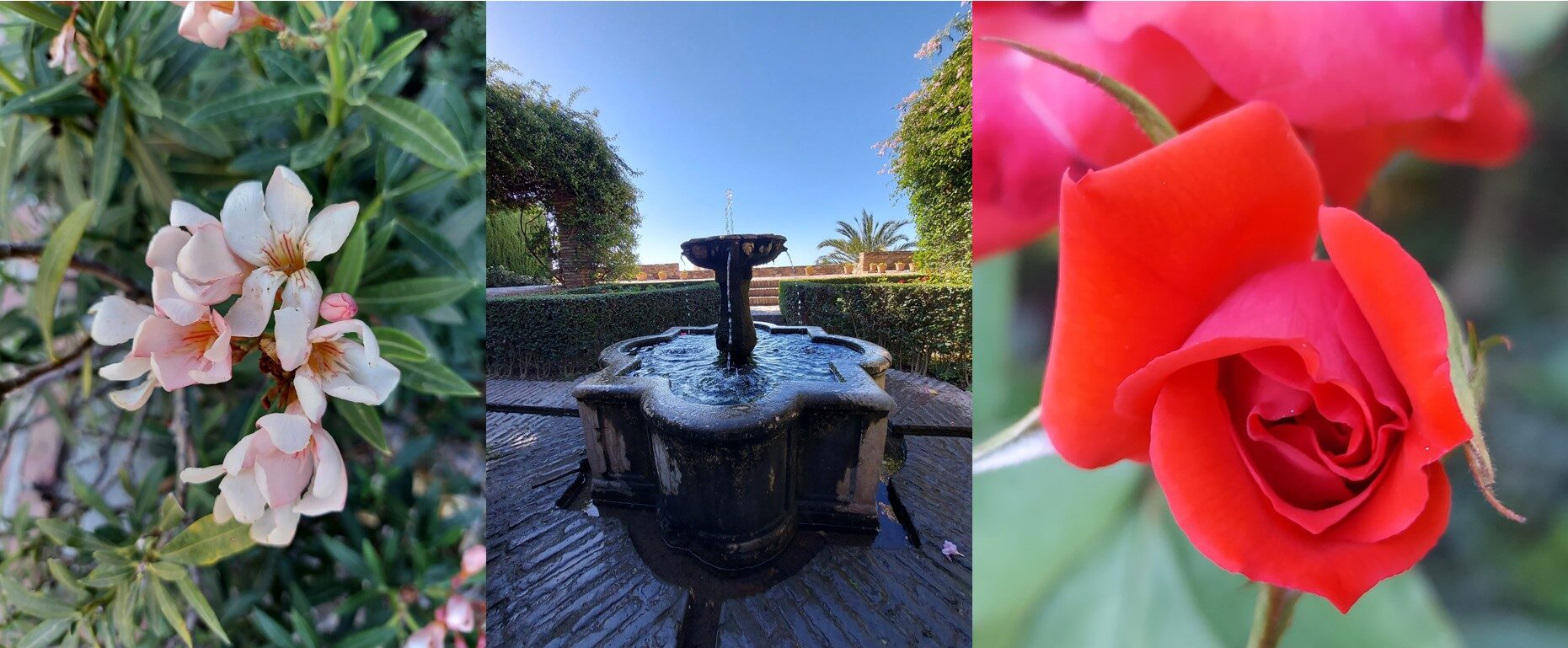
As for the Torre del Homenaje de la Alcazaba, it is built on a plinth built with masonry and courses of bricks and its walls raised in bricks as well. The Tower is located at the upper end of the upper enclosure, protecting the palatine area and the service area. It is indicated that it was originally square and large, leaving a large part of the tower in ruins. In Nasrid times the tower from the Taifa period on a smaller floor was wrapped to raise it and make it stronger and more powerful. The Torre del Homenaje de la Alcazaba closes the upper enclosure at a south-east angle.
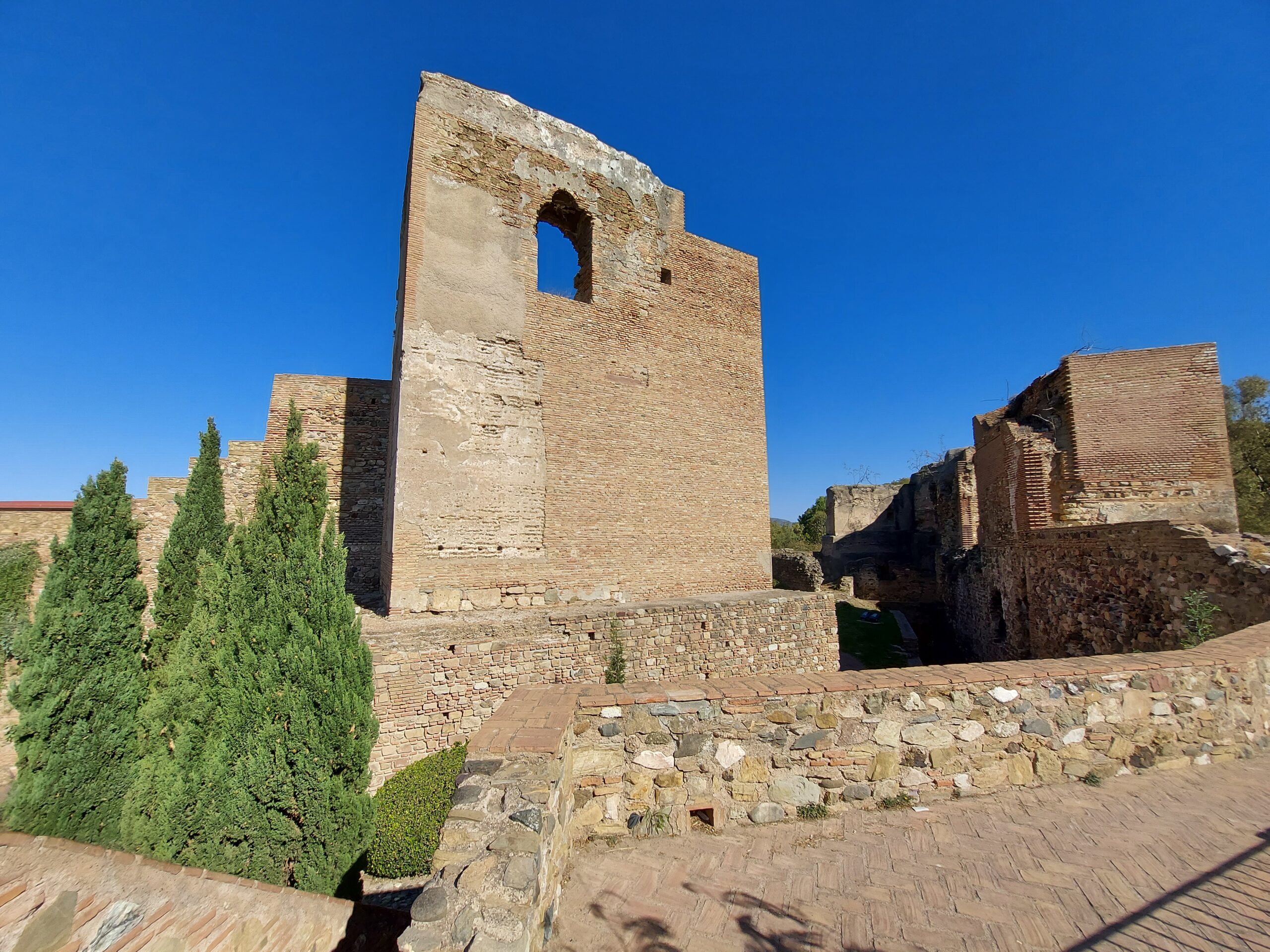
The hundred years that the Caliphate lasted meant a period of prosperity where Malaga regained its importance as a coastal city and port, as it had been centuries before.
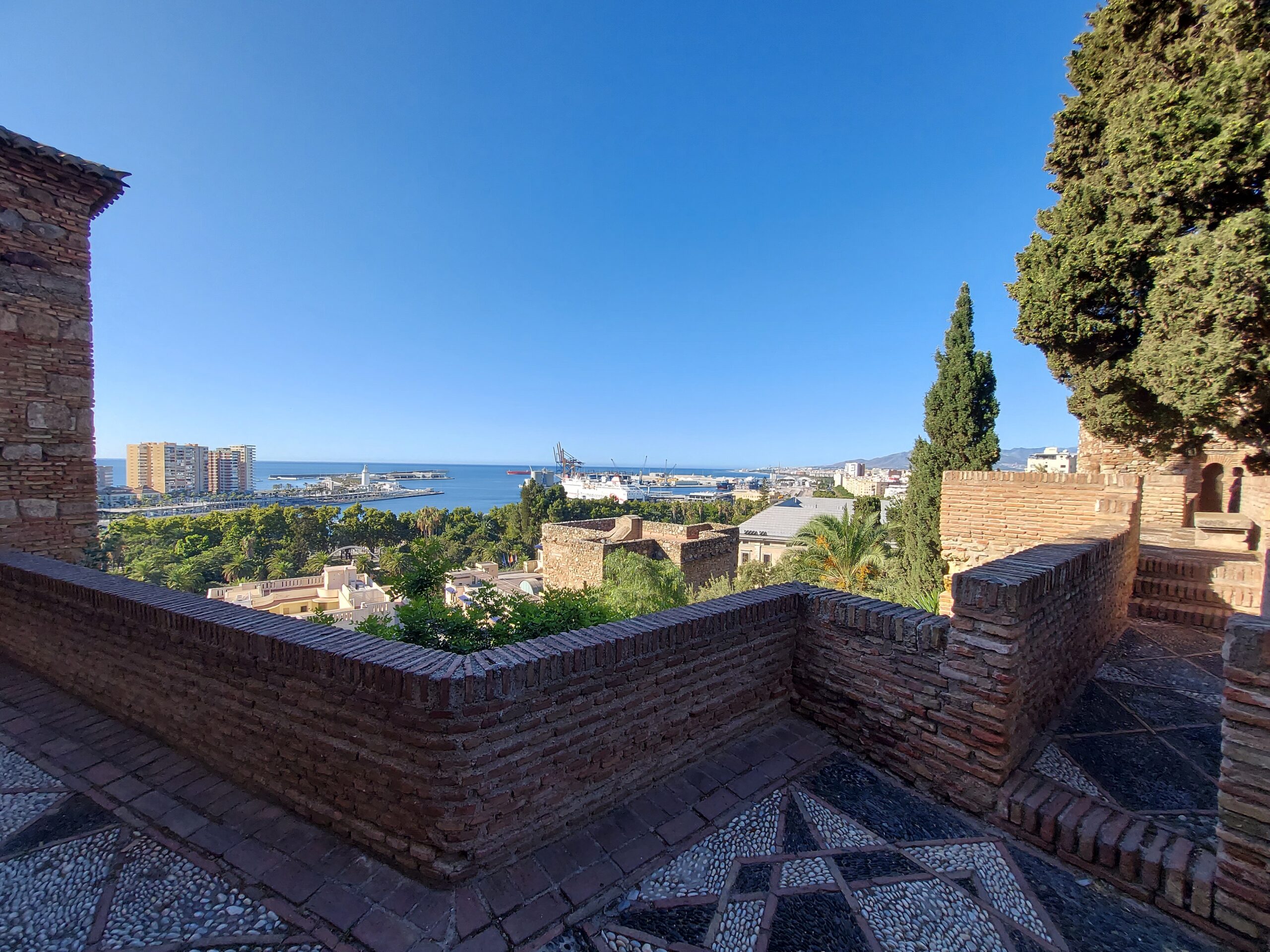
The Alcazaba of Malaga has undergone continuous reconstructions, some even in the 20th century. Currently, the visitor can enjoy archaeological exhibits of great importance. We invite you to know and enjoy this monumental building of incalculable value, not only for Malaga, but for the world.
